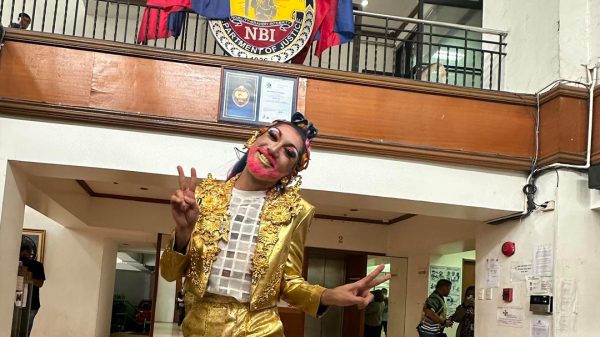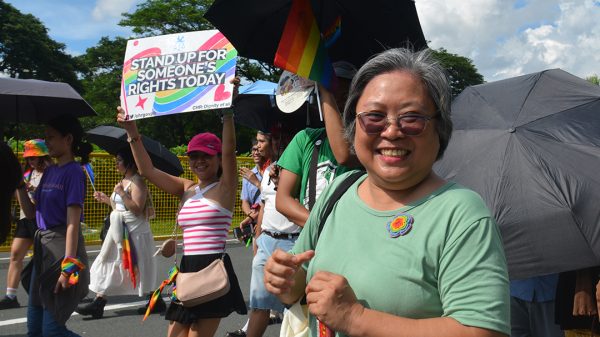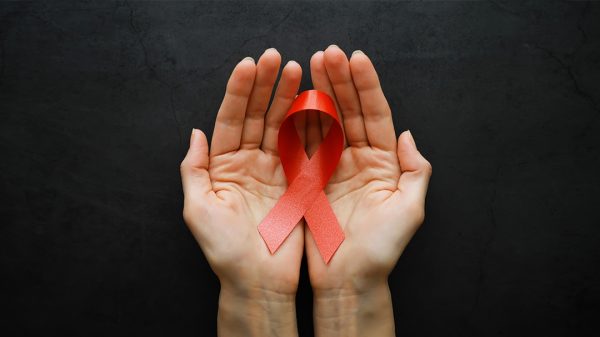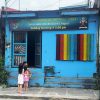By Kate Montecarlo Cordova
Founder and Chairwoman
Association of Transgender People in the Philippines
It’s time we change the way we refer to women. That is, start using “assigned female at birth (AFAB)” instead of “natural-born woman” when describing someone. This is for you to be accurate, and – yes – sound informed, or, at least, literate.
This also aligns with global medical and scholarly language.
There are problems with using “natural-born woman”.
It’s a highly debated and contested term in medical, legal, and gender studies contexts since:
- It reduces “womanhood” to anatomy at birth, and ignores other determinants of sex and gender.
- “Assigned female at birth” is clearer, safer and politically correct.
In truth, while “natural-born woman” and “assigned female at birth” may imply that a child has a vagina when at birth, “assigned female at birth” reflects the fact that sex is designated at birth solely based on observable anatomy, and not on a single “natural” essence.
Meanwhile, “natural-born woman” makes vagina the essence (or sole determinant) of a woman, disregarding other sex determinants such as hormonal gonadal, environmental, genetic, phenotypic, et cetera.
The bottom line is this: “Assigned female at birth” recognizes the medical and social process of sex assignment without erasing the complexity of sex and gender. It’s widely used in global medical, academic, and advocacy spaces and is considered more respectful and politically accurate.
N.B.: Filipinos are known for our low functional literacy. Baka pagtawanan tayo sa ibang bansa pag narinig ka habang sinasabi mong, “She is a ‘naturally-born woman’.” Because by saying so, then yung iba, ano sila? Unnaturally-born woman? Synthetic? Kaya kailangang matutunan… including sa mga pageant aspirants.






























































